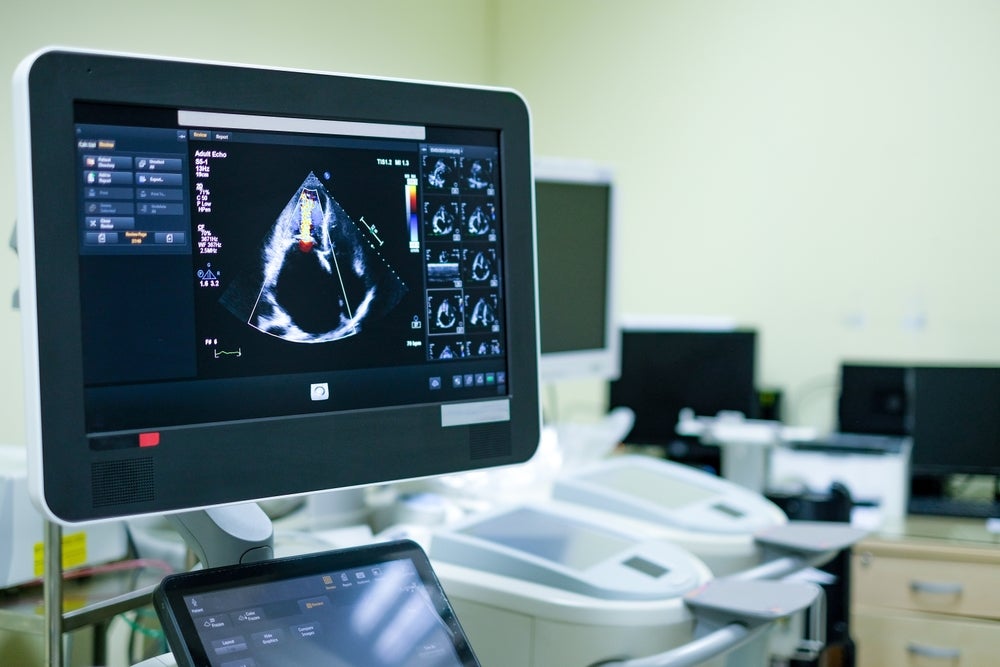Echocardiography, a widely used noninvasive procedure that employs ultrasound to examine the heart, plays a pivotal role in diagnosing cardiovascular diseases (CVDs). However, the process of obtaining and analysing echocardiogram images is both time-consuming and highly dependent on the skill of trained sonographers, who are in short supply globally.
The collaboration between Fujifilm and Us2.ai marks a significant milestone in the integration of AI into clinical cardiovascular diagnostics. By embedding Us2.ai’s AI-based image analysis software into Fujifilm’s LISENDO 880 and LISENDO 800 ultrasound systems, this partnership aims to enhance the efficiency, accuracy, and accessibility of echocardiography.
The LISENDO systems, known for their advanced image quality, combined with Us2.ai’s AI-driven automation, offer a solution to these challenges. The AI software automatically analyses all heart chambers using 2D and Doppler ultrasound views, delivering critical measurements and disease indication conclusions based on international guidelines.
This integration addresses a fundamental issue in echocardiography: the shortage of skilled professionals. The average echocardiogram examination time is between 40 and 90 minutes, requiring a highly trained sonographer to interpret the results. Us2.ai’s software can reduce the time required for measurement and report creation by up to 70%, providing a substantial improvement in workflow efficiency.
The rise of AI in medical imaging, particularly in the field of radiology, has been a defining trend in healthcare innovation. Companies such as Rad AI and Elucid have demonstrated the potential of AI-powered tools to enhance the quality and efficiency of medical imaging. For instance, Rad AI’s funding and Elucid’s US Food and Drug Administration clearance for PlaqueIQ highlight the growing acceptance and adoption of AI in healthcare. By integrating AI into echocardiography, Fujifilm and Us2.ai are contributing to this broader trend, enhancing the precision of cardiovascular diagnostics and expanding the potential for AI applications in other medical fields.
Looking ahead, the integration of AI into echocardiography systems is poised to improve clinical workflows, reduce diagnostic errors, and ultimately save lives. As AI continues to evolve, partnerships such as Fujifilm and Us2.ai’s may lead to further breakthroughs in medical imaging, including the development of more sophisticated tools for disease detection and management. By reducing the time and resources required for diagnosis, this collaboration offers an opportunity to make heart disease management more efficient, cost-effective, and accessible. Moreover, as the technology gains traction, the widespread use of AI-powered diagnostic tools could reshape the landscape of cardiovascular care, improving outcomes for patients around the world.

US Tariffs are shifting - will you react or anticipate?
Don’t let policy changes catch you off guard. Stay proactive with real-time data and expert analysis.
By GlobalData





